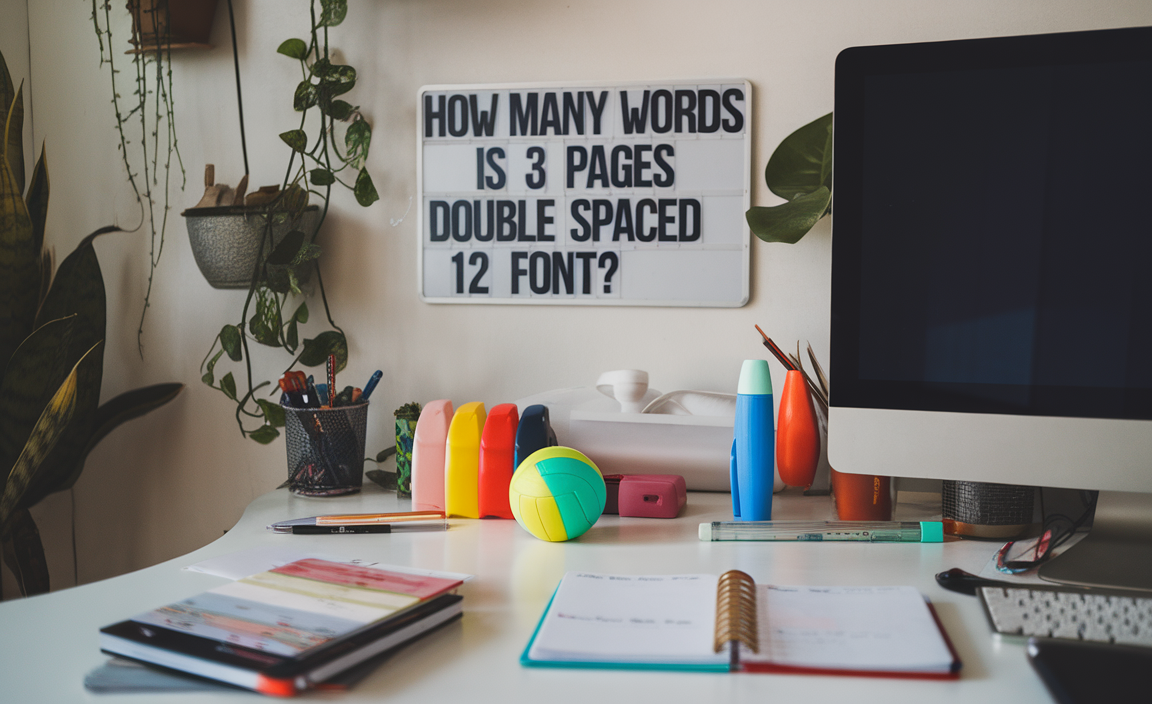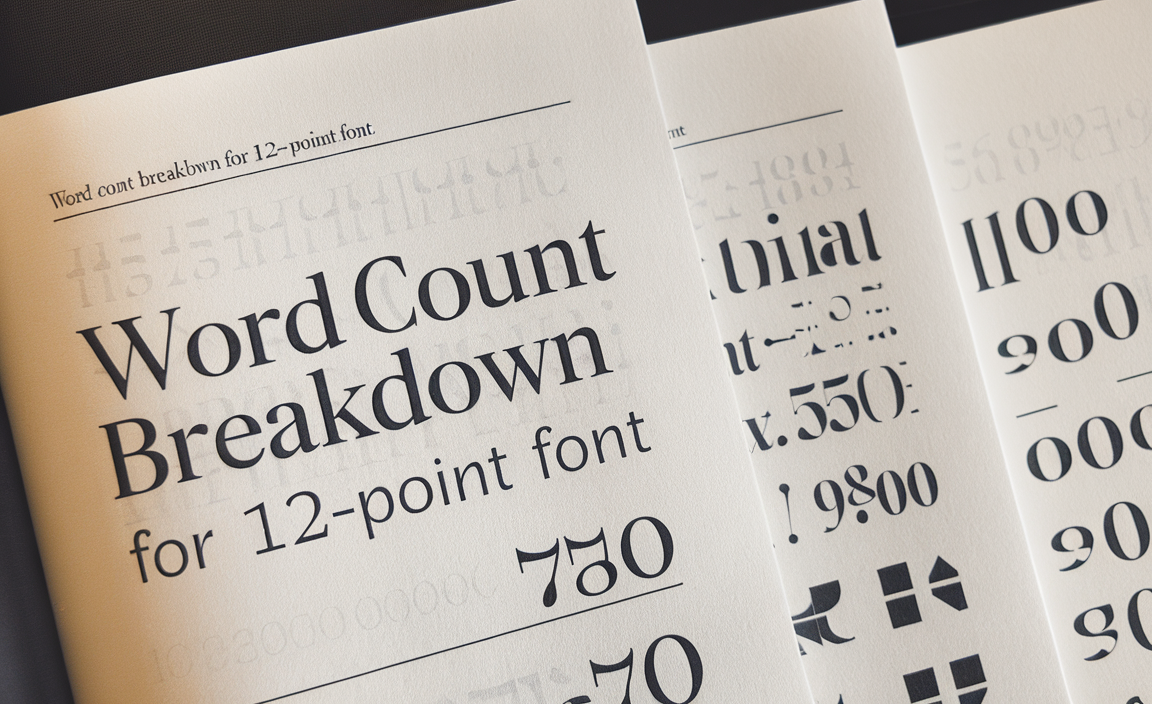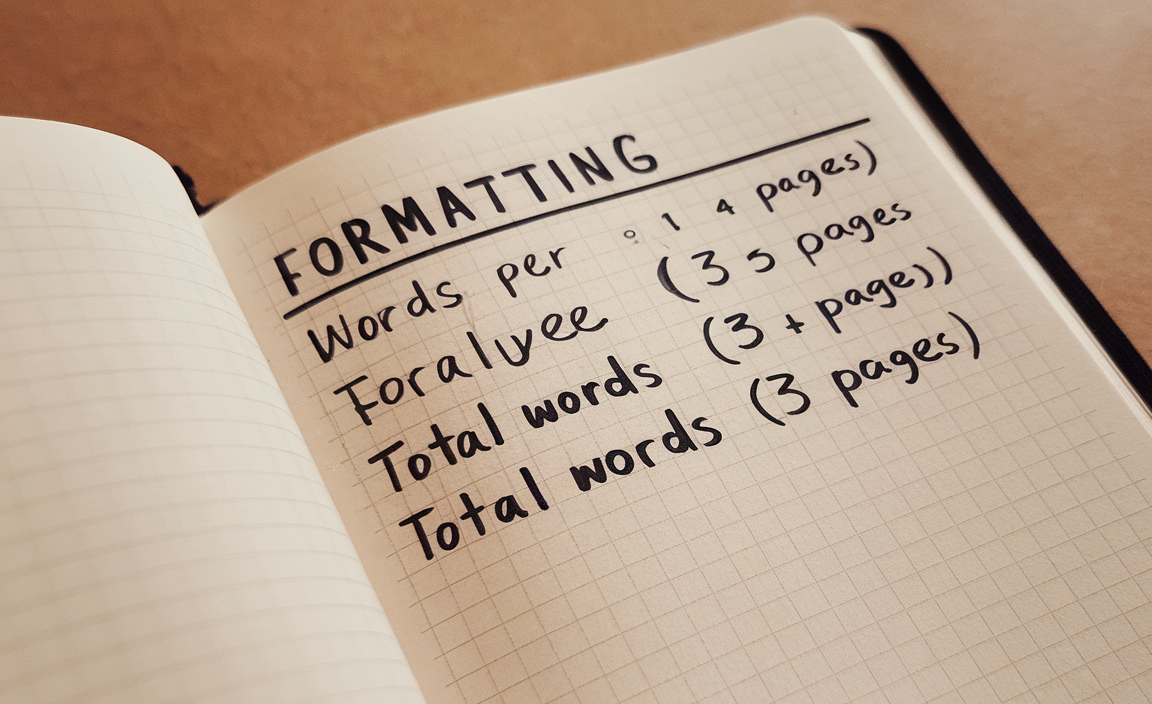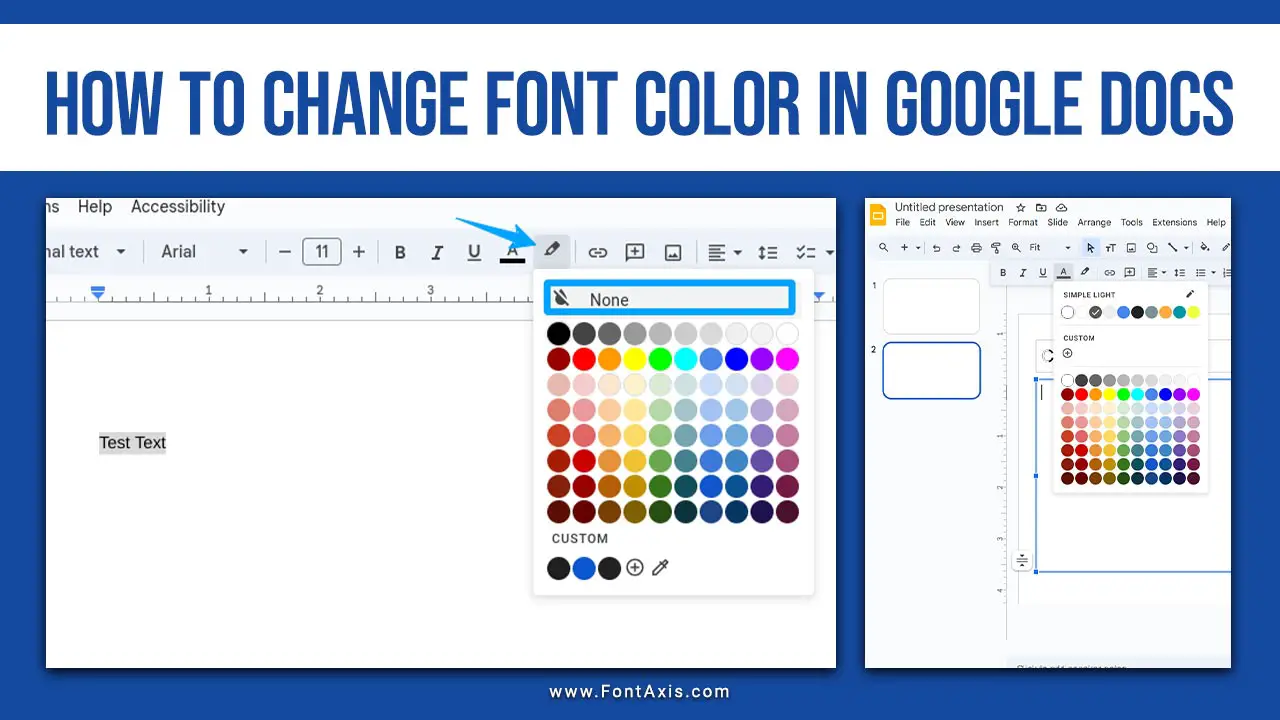Understanding how many words are contained in a double-spaced, 12-point font, three-page document is essential for academic writing, student papers, or professional tasks.
Various formatting choices, such as font type, line spacing, and margin size, impact the exact word count of a document. This article explains the factors that determine the word count, explores common formatting standards like APA and MLA formats, and provides a detailed guide to calculate page count and word count accurately.

3 Pages, Double Spaced: Word Count Breakdown for 12-Point Font

A double-spaced page with 12-point font and standard 1-inch margins typically contains about 250–300 words. Thus, a three-page double-spaced document contains approximately 750–900 words. These calculations are based on common formatting standards used in word processors like Microsoft Word and tools like a pages calculator.
Factors Affecting Word Count on a Page
1. Font Type and Style
Different fonts have varying character widths, which impact the word count:
- Arial Font: A popular sans-serif font, slightly more compact than others, fitting fewer words per page.
- Times New Roman: A serif font widely used in academic writing, known for its efficient use of space.
- Calibri: Modern and readable but takes up slightly more space than Times New Roman.
2. Font Size
Standard academic documents use 12-point font. Larger sizes, such as 14-point, result in fewer words per page, while smaller sizes, like 10-point, increase the word count.
3. Line Spacing
- Double Spacing: Each line has extra space, reducing the number of words per page to about 250–300.
- Single Spacing: Eliminates the extra space between lines, nearly doubling the word count to about 500 words per page.
4. Margin Size
Most formatting guidelines require 1-inch margins on all sides. Wider margins reduce the available text space, leading to fewer words on a page, while narrower margins allow for more words.
5. Paragraph Length
Longer paragraphs fill a page with fewer words, while shorter paragraphs introduce more white space, affecting the word count.
Estimating Word Count with Formatting

| Formatting | Words Per Page | Total Words (3 Pages) |
|---|---|---|
| Double Spaced (12-point font) | 250–300 | 750–900 |
| Single Spaced (12-point font) | 500–600 | 1,500–1,800 |
| Double Spaced (Arial Font) | ~275 | ~825 |
| Double Spaced (Times New Roman) | ~300 | ~900 |
These estimates assume standard formatting: 12-point font, 1-inch margins, and common paragraph length.
Academic Writing Standards
APA Format
In APA format, documents are typically double spaced with 12-point Times New Roman or Arial font and 1-inch margins. A title page, headers, and proper formatting increase the overall page count but do not directly affect the word count of the main text.
MLA Format
MLA format also uses double spacing and 12-point Times New Roman. However, the inclusion of in-text citations, a works-cited page, and block quotes may influence the number of words per page.
Tools for Word and Page Count
- Microsoft Word: Displays the word count, character count, and page numbers in the document footer or via the “Word Count” tool.
- Pages Converter and Word Counter: Online tools calculate the page count based on inputted word counts and formatting parameters like font size, type, and spacing.
- Pages Calculator: Useful for determining how many pages are required for a specific word count under varying formatting settings.
Writing a 3-Page Double-Spaced Document

1. Structure Your Content
- Introduction: Begin with a clear thesis or purpose statement (about 10% of the total word count).
- Body: Use several paragraphs to support your main argument or points. Each paragraph should include a topic sentence, supporting evidence, and a conclusion.
- Conclusion: Summarize key points and restate your thesis without introducing new ideas.
2. Stick to Formatting Guidelines
- Use 12-point font and standard 1-inch margins.
- Apply double spacing to all lines.
- Break content into paragraphs for clarity and readability.
3. Check Word Count Regularly
Use tools like Microsoft Word’s built-in word counter to ensure you stay within the desired range.
Common Questions
Conclusion
A 3-page double-spaced document with 12-point font typically contains 750–900 words, depending on font type, margin size, and line spacing. Tools like Microsoft Word and online pages calculators can help estimate or adjust the word count.
Whether for academic writing, book publishing, or professional reports, adhering to formatting standards ensures clarity and consistency. By understanding these elements, you can craft documents that meet exact word count and formatting requirements effectively.












